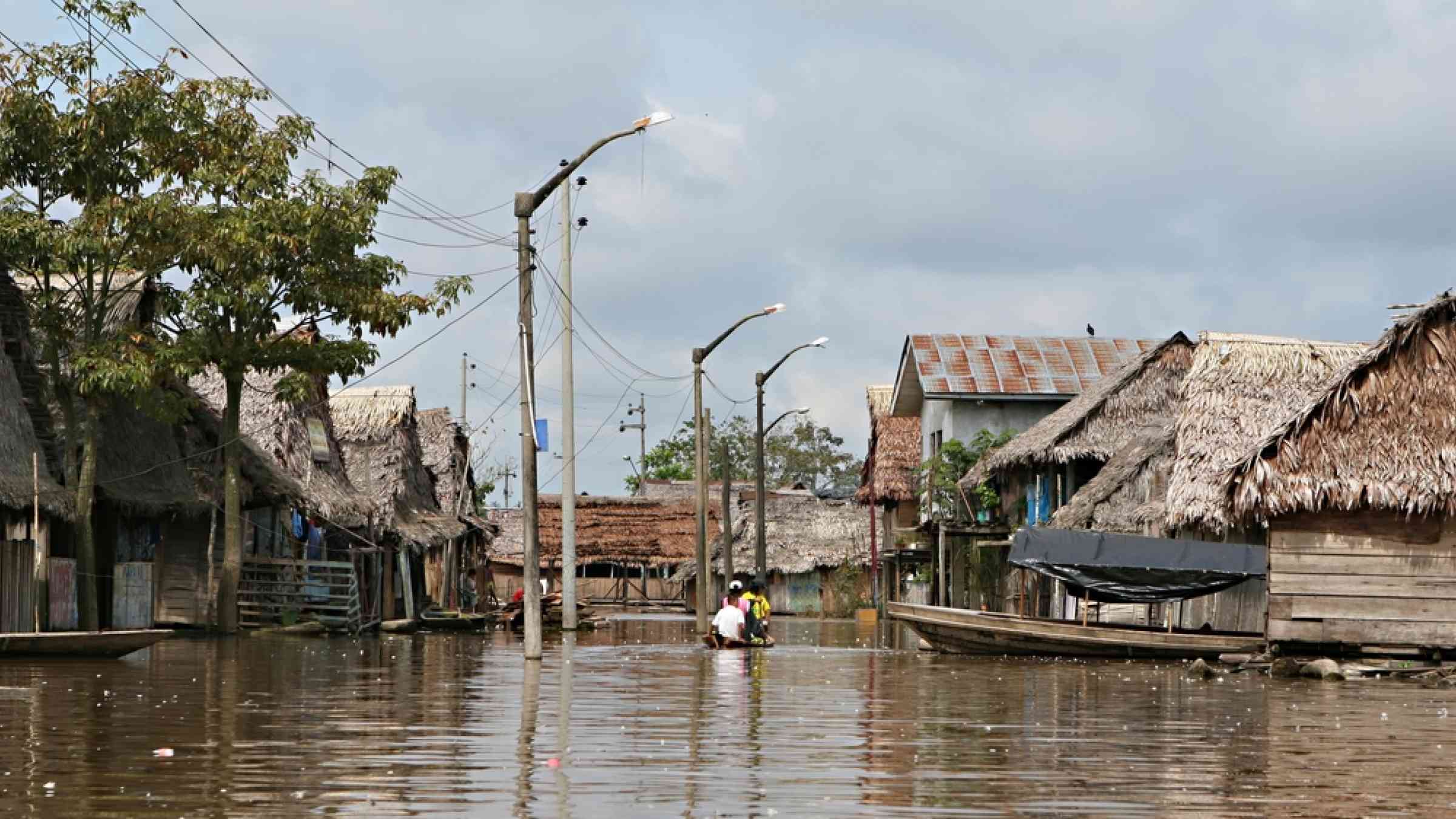Regional disaster report for Latin America and the Caribbean explores how past trends can lead to a safer future

The United Nations Office for Disaster Risk Reduction (UNDRR) and the United Nations Office for the Coordination of Humanitarian Affairs (OCHA) are publishing their joint Overview of Disasters in Latin America and the Caribbean 2000 – 2022 to shed light on the social and economic impact of disasters in the region, analyse past trends to inform future risk mitigation and to advocate meaningful investment in risk reduction to minimize loss of life and livelihoods.
The report comes amid projections of an above-normal 2023 Atlantic hurricane season that has already affected parts of the Caribbean and of the El Niño phenomenon persisting through the remainder of the year with potentially devastating effects in vulnerable communities across Central America and South America.
These developments are typical of a region where high exposure to disasters and deeply rooted and interrelated risk factors combine to create a near-permanent risk of disaster when a hazard occurs. As it stands, Latin America and the Caribbean is the second-most disaster-prone region in the world, behind only Asia and the Pacific, with more than 1,500 disasters affecting more than 190 million people since 2000.
“Extreme weather and seismic events are occurring in places where poverty, inequality, food insecurity, displacement and violence are already part of the daily life of millions of people in Latin America and the Caribbean,” says Ms. Shelley Cheatham, Head of Office for OCHA’s Regional Office for Latin America and the Caribbean. “Growing risks and continuing vulnerability mean that disasters are more likely to occur, threatening more lives and livelihoods and causing more human and material losses,” she adds.
Other risk factors include dense urbanization and unpredictable urban growth, climate change, displacement and migration, environmental degradation and exploitation of natural resources. These vulnerabilities also affect preparedness and response capacities – which can make weaker hazards be equally as destructive as more powerful hazards. In fact, the term “natural disasters” is hardly suitable anymore, given the complicity and human responsibility in creating, sustaining and materializing disaster risk.
With how current globalized networks have created interdependent social, economic, and technical systems, any given disaster’s disruption to these connections can have far-reaching consequences.
“The COVID-19 pandemic and climate change have clearly dimensioned the extent to which hazards and risks are interconnected and reverberate across various systems and sectors,” according to Mr. Nahuel Arenas, Chief of UNDRR’s Regional Office for Latin America and the Caribbean. “Continuing to analyse and manage disaster shocks individually limits a broader view towards these connections and lets vulnerabilities go unaddressed.”
Even if natural hazards may not always be preventable, a future where not every hazard becomes a disaster is possible. The UN Secretary-General launched the “Early Warnings for All” initiative in March 2022, calling for global coverage by 2027 of these cost-effective systems that can save lives and reduce economic losses. However, such systems are only possible through public and private investments that attack risk issues at their roots.